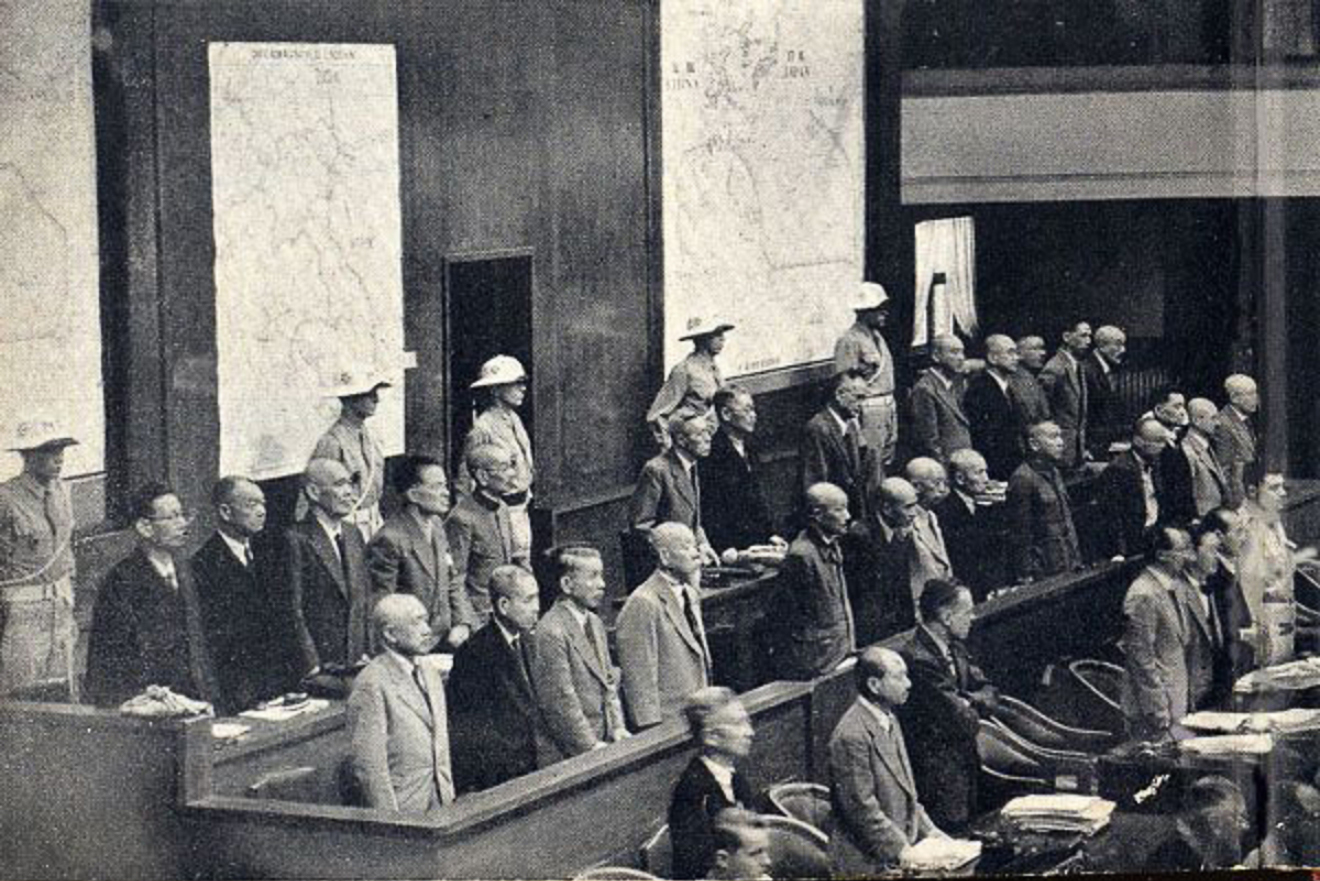There is a hotly contested battle between the prosecution and the defendant on the reliability of various types of identification procedures. Anyone in the criminal field will have heard about a photo array or a lineup. However, there is one type of procedure that seems to fly under the radar: the in-court identification. This presents a real due process concern because even though eyewitness testimony is unreliable and open to post experience suggestion, it is still very persuasive to juries. Further, an in-court identification is much more dramatic than a pretrial identification procedure and thus has the potential to compound the persuasiveness to juries.
The issue with any identification procedure is whether it is unduly suggestive and would violate the defendant’s due process rights. The United States Supreme Court has laid out the process for assessing a violation of such rights in Neil v. Biggers. The burden rests on the defendant to show why the identification was unduly suggestive. If the burden is proven, the prosecution has the opportunity to argue the credibility of the identification by balancing the five factors the Court has outlined under the totality of the circumstances. The factors are: (1) the witness's opportunity to view the criminal at the time of the crime; (2) the witness's degree of attention at the time of the crime; (3) the accuracy of the witness's prior description of the defendant; (4) the witness's level of certainty when identifying the suspect at the confrontation; and (5) the length of time that has elapsed between the crime and the confrontation.
The Biggers test has been primarily used for out of court identifications, but is there an argument to be made that an in-court identification is unduly suggestive on its face? The United States Supreme Court has declined to hear the case, but there are several theories that have developed in differing jurisdictions.[1] United States v. Archibald, a second circuit bank robbery case, analyzes the issue and recognizes there is a due process concern with the defendant sitting alone at the counsel table. The court realizes that this type of in-court identification could easily amount to a show up lineup, which is generally inadmissible. It ruled that in this case, the identification was “so clearly suggestive as to be impermissible.”
Both the sixth and eighth circuits have addressed the issue to a degree. Both jurisdictions seemed to have sidestepped the in-court identification issue by the same means. The eighth circuit recognized in United States v. Rundell that the witness’s knowledge that it was the defendant sitting at the counsel table made the in-court identification inherently impermissibly suggestive. However, the court applied the Biggers test to the case and ruled that the five factors together with the totality of the circumstances outweighed any prejudice and the identification was sufficiently reliable. The sixth circuit similarly recognized the potential for prejudice in an unduly suggestive in-court identification. In United States v. Hill, the court ruled that the analysis of any in-court identification would essentially be the same as pretrial identification procedures. Thus, they would be governed by the same Biggers totality of the circumstances test.
These beliefs are in sharp contrast to the other side of the coin. Other jurisdictions have denied hearings to suppress in-court identifications. Maryland is an example of the thought pattern of this argument. The court in Green v. State has ruled that a taint hearing applies only to extrajudicial identifications and not in-court identifications. The court outlined the correct way to deal with a purportedly tainted in-court identification properly was through cross-examination. The court pointed out that effectually, an in-court identification is no different than any other piece of evidence and cross-examination is the appropriate way to alleviate any due process concerns. Note that Green was later reversed and declared a mistrial because the prosecutor committed error after specifically agreeing not to ask any questions about an in-court identification but did so anyway.
So is there a stick caught in the cog of due process? It seems to at least some degree there is. While even the more reserved courts recognize that it could be a problem, they have allowed old remedies such as cross-examination to deal with the issue. However, it seems that many jurisdictions view the in-court identification procedure either on par with other extrajudicial identification procedures, or even more prejudicial. Practitioners should check the case law in their jurisdiction to see what methods are available to them for suppressing any in-court identification.
Michael Bayern
Junior Staffer, Criminal Law Practitioner


Great Post!
ReplyDeleteIt will be interesting to see if the Supreme Court ever decides to decide this murky area. Since you suggest that circuit courts are split on how much scrutiny to apply to in-court identifications.
ReplyDeleteI agree. I think personally think they are prejudicial and would very much like to know how the supreme court views it. Obviously there are two sides to the story and merits on both. Hopefully we will be able to see the day this happens.
ReplyDelete